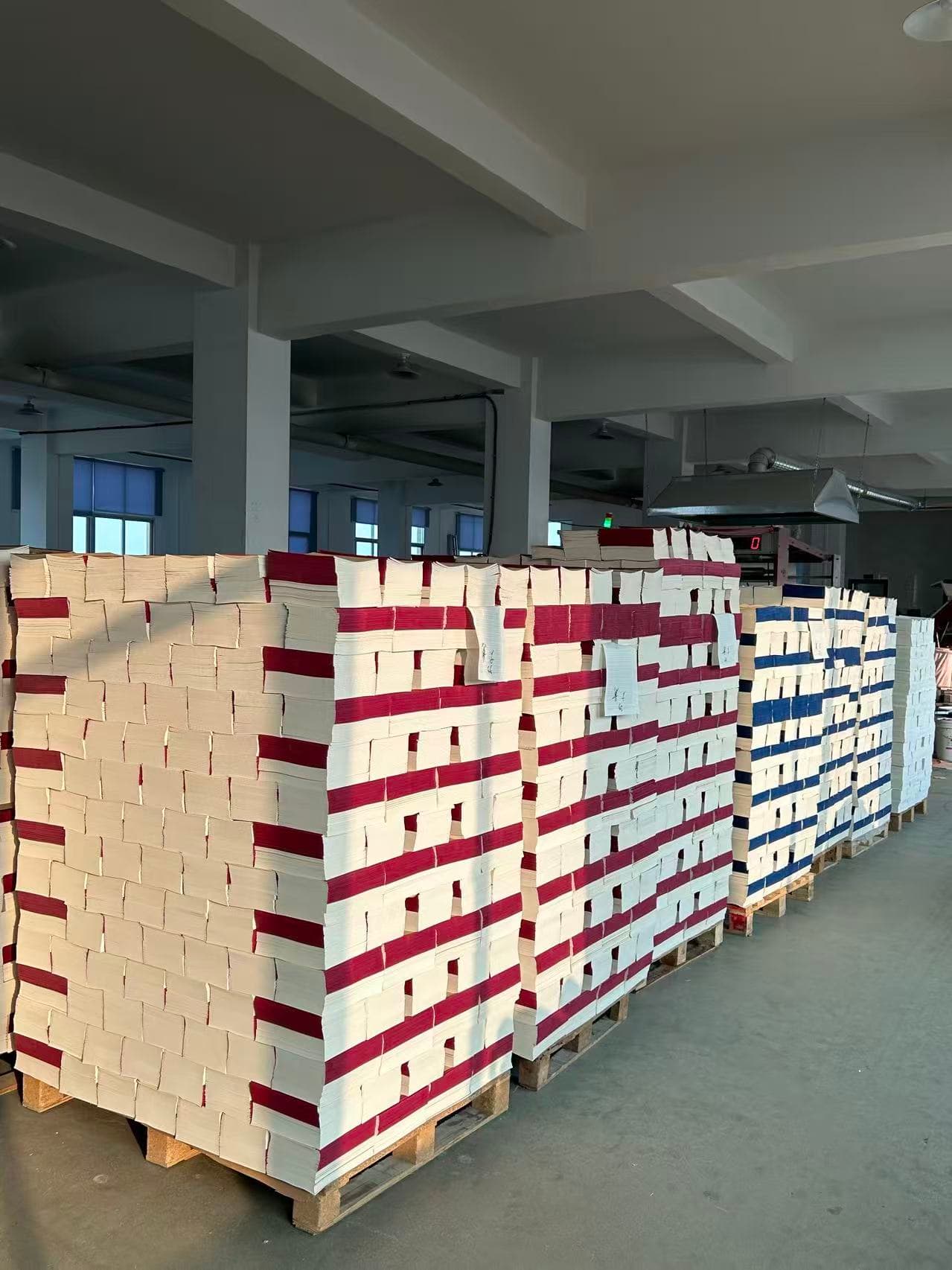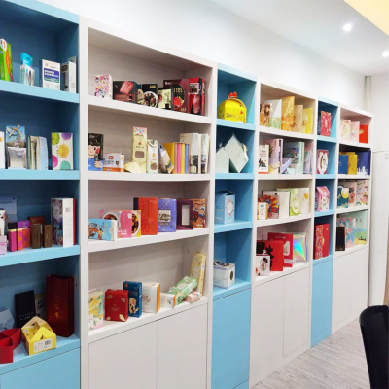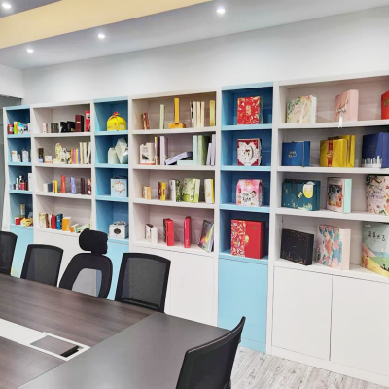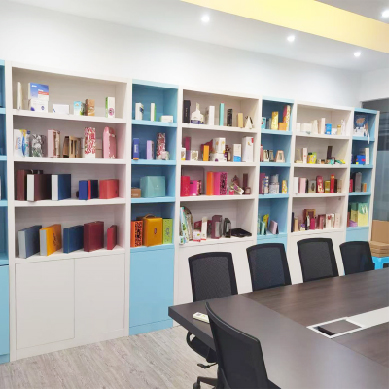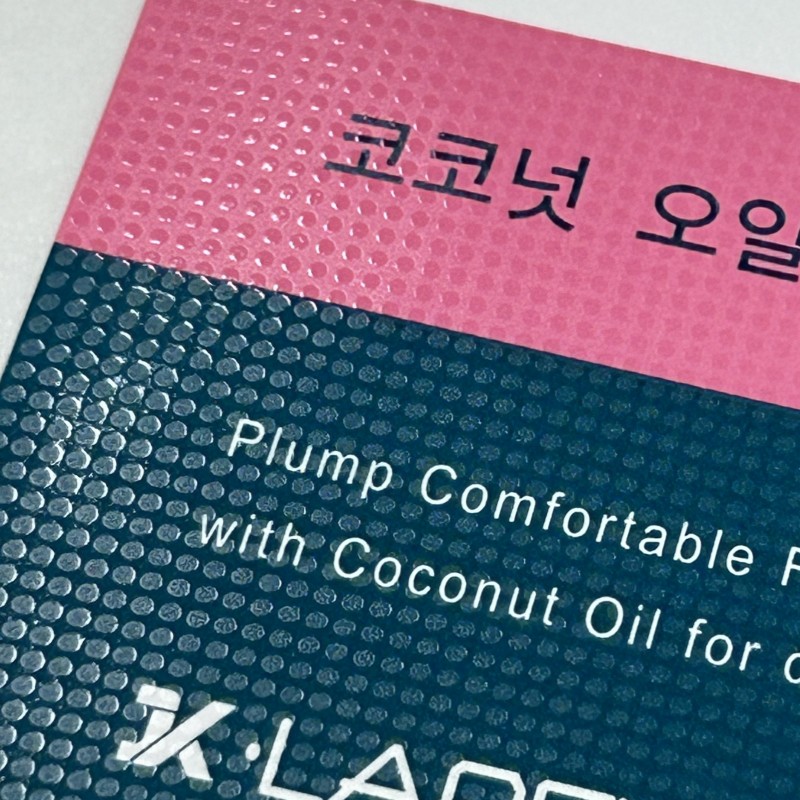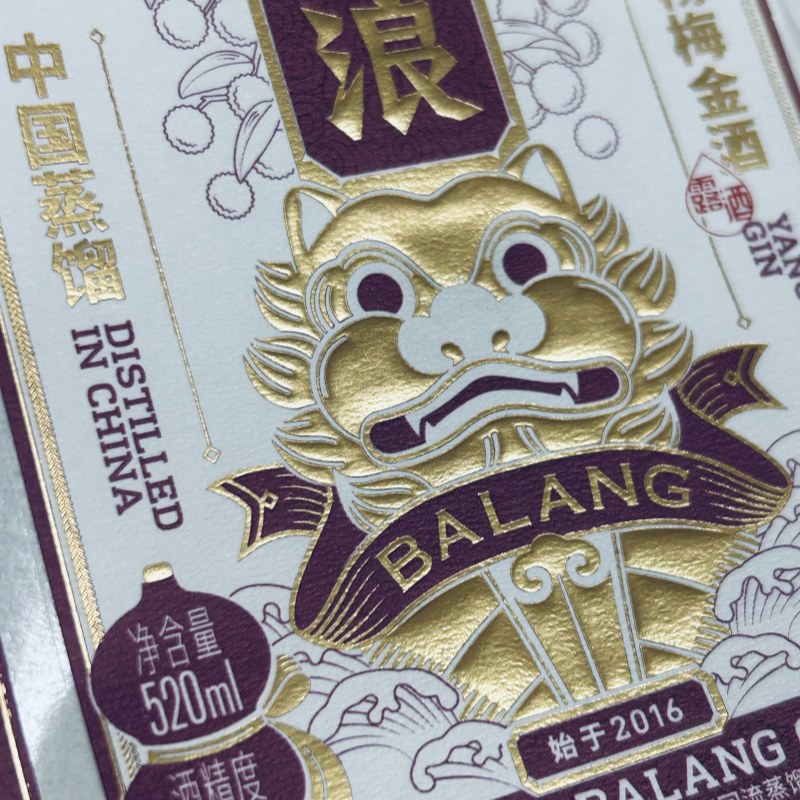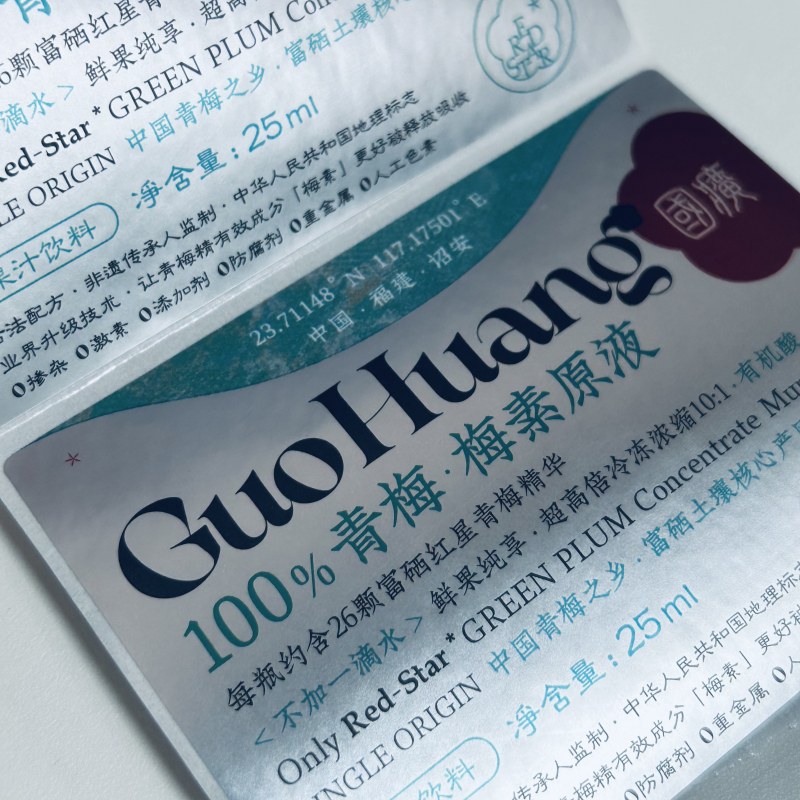In today’s stationery and lifestyle markets, creative sticker labels are more than just decorations – they are small artworks that express individuality and add branding value.
Our custom printed cultural creative sticker labels are designed for a variety of applications including notebooks, laptops, journals, scrapbooks, and packaging. Whether you’re a stationery brand, a gift shop, or simply someone who loves to personalize your belongings, these stickers are made to bring joy and creativity to your everyday life.
Why Choose Creative Sticker Labels?
Creative sticker labels provide more than visual appeal. They allow brands to connect with their audience through fun designs and unique concepts. They also serve as collectible items, promotional giveaways, or decorative accents that make products stand out on shelves.
Features of Our Sticker Labels:
- Customizable Designs – Patterns, logos, and illustrations that reflect your brand identity.
- Durable Adhesive – Strong bonding to notebooks, planners, laptops, and packaging.
- Vibrant Printing – Flexographic and offset printing ensures rich colors and precise edges.
- Multi-Purpose Application – Perfect for personal use, branding, and promotional events.
Creative Ideas for Using Stickers:
- Personalizing journals and planners for a unique stationery style.
- Decorating packaging for seasonal or limited-edition products.
- Creating collectible series to engage with fans or customers.
- Designing branded giveaways for events or product launches.
Why Work With Us?
As a professional label printing manufacturer in China, we combine advanced printing technology with versatile material choices such as coated paper, synthetic paper, and film. Our production process ensures consistent quality from samples to bulk orders, with flexible customization for size, shape, and finish.
Bring creativity to life with our custom sticker labels. Contact us today to explore design options and start producing labels that tell your brand’s story.
